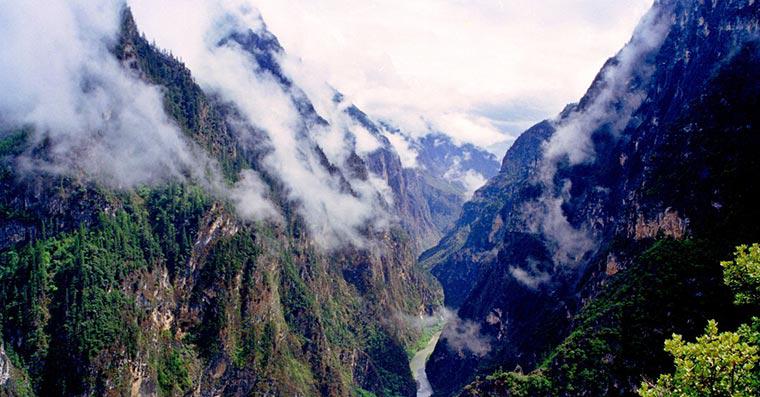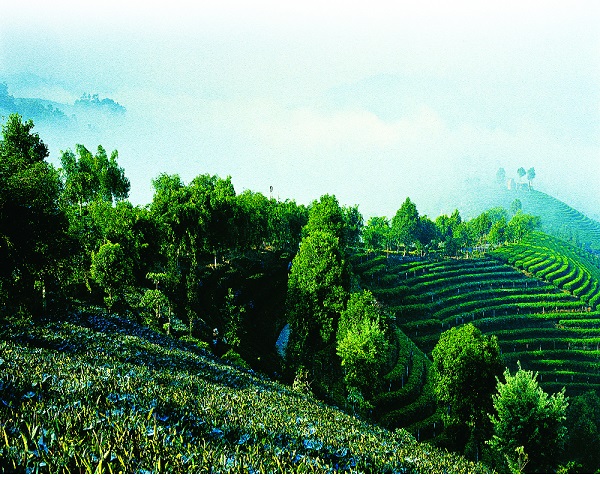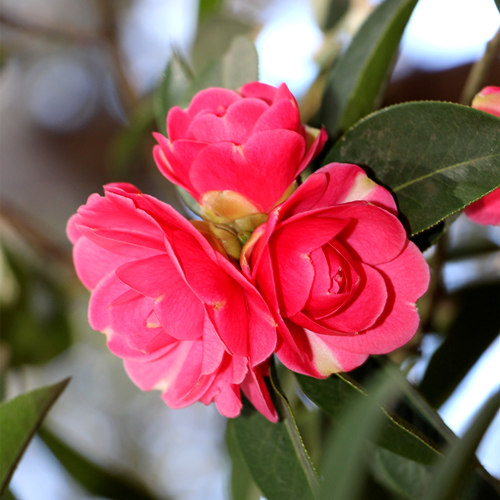
Detailed Introduction to Linxiang District of Lincang
Linxiang District is the dynamic urban core of Lincang City, located in the southwestern part of Yunnan Province, China. As the administrative, cultural, and economic center of Lincang, Linxiang District uniquely blends modern urban development with rich historical traditions and natural beauty. This detailed introduction explores its geographical features, historical background, economic landscape, cultural diversity, tourist attractions, transportation, and future development prospects.
Geographical Location and Climate
Location:
Linxiang District lies at the heart of Lincang City, serving as the primary urban area and central hub of activity in the region. Lincang is situated in southwestern Yunnan, close to the border with Myanmar, which influences both its culture and economy.
Terrain and Environment:
Urban Setting & Surroundings: Linxiang District itself is an urban area characterized by modern infrastructure, bustling markets, and administrative centers. Beyond the district limits, the broader Lincang area is marked by rolling hills, lush tea plantations, and river valleys.
Waterways: The district is influenced by nearby river systems that have historically supported agriculture and trade.
Climate:
Subtropical Monsoon Climate: Linxiang enjoys a mild, subtropical climate with warm, humid summers and cool, dry winters.
Seasonal Variation: Ample rainfall during the summer monsoon ensures lush greenery and supports the cultivation of high-value crops, including tea and tropical fruits.
Historical Background
Linxiang District has a rich historical heritage that reflects Lincang’s long-standing role as a trade and cultural crossroads:
Ancient Trade Routes: Historically, Lincang was an important stop on the ancient Tea Horse Road, a network that facilitated the exchange of tea, horses, and other goods between China, Tibet, and Southeast Asia. Linxiang, as the city center, played a vital role in this commerce.
Cultural Evolution: Over centuries, Linxiang has evolved from a traditional market town into a modern urban district while maintaining many of its historical architectural elements and cultural practices. Traditional neighborhoods, ancient temples, and preserved historic streets offer a window into its past.
Ethnic Integration: The district has been influenced by various ethnic groups such as the Dai, Yi, and Han, whose contributions are evident in local festivals, cuisine, and artisan traditions.
Economic Landscape
Linxiang District is the economic powerhouse of Lincang, with a diversified economy that supports urban life and provides a base for regional development.
1. Urban and Commercial Economy
Retail and Services: Linxiang’s bustling city center features numerous shopping malls, markets, restaurants, and hotels that cater to both local residents and tourists.
Administrative and Financial Services: As the seat of government for Lincang, the district hosts a wide range of administrative offices, financial institutions, and professional services.
2. Trade and Cross-Border Commerce
Border Proximity: Linxiang benefits from its location near Myanmar, facilitating vibrant cross-border trade in goods such as tea, agricultural products, textiles, and handicrafts.
Export-Oriented Industries: The district supports several small- and medium-sized enterprises that manufacture products for both domestic consumption and export.
3. Agriculture and Processing Industries
Tea Production: The surrounding region is famous for its high-quality Pu'er tea and other specialty teas. Linxiang serves as a key center for tea trading, processing, and marketing.
Agro-Processing: Food processing industries in Linxiang transform local produce into packaged goods, contributing significantly to the local economy.
4. Tourism and Cultural Industries
Cultural Tourism: With its rich historical sites and ethnic heritage, Linxiang attracts a growing number of tourists each year. This, in turn, supports local hospitality, crafts, and service industries.
Eco-Tourism Initiatives: Proximity to natural attractions such as tea plantations and nature reserves offers opportunities for eco-tourism development.
Ethnic and Cultural Heritage
Linxiang District is a melting pot of cultures, where modern urban life meets centuries-old traditions.
Ethnic Diversity
Dai, Yi, and Han Communities: The district is home to a diverse population including the Dai, Yi, and Han peoples. Each group contributes distinct languages, cuisines, and customs to the local culture.
Cultural Festivals: Linxiang hosts vibrant festivals throughout the year. The Water Splashing Festival of the Dai, the Torch Festival of the Yi, and traditional Chinese festivals are celebrated with music, dance, and communal gatherings.
Traditional Crafts and Cuisine
Artisan Crafts: Local ar



